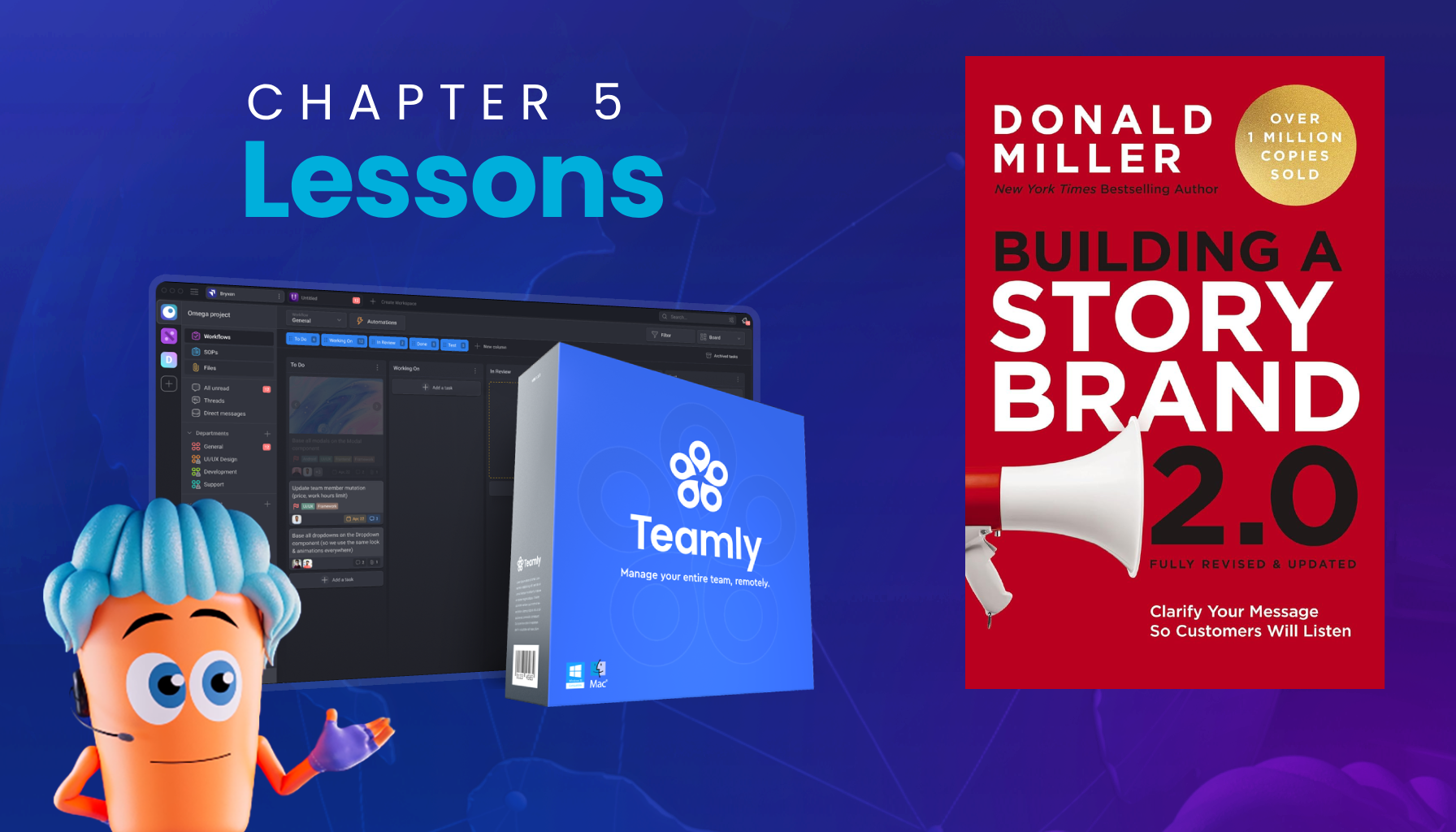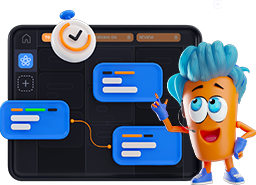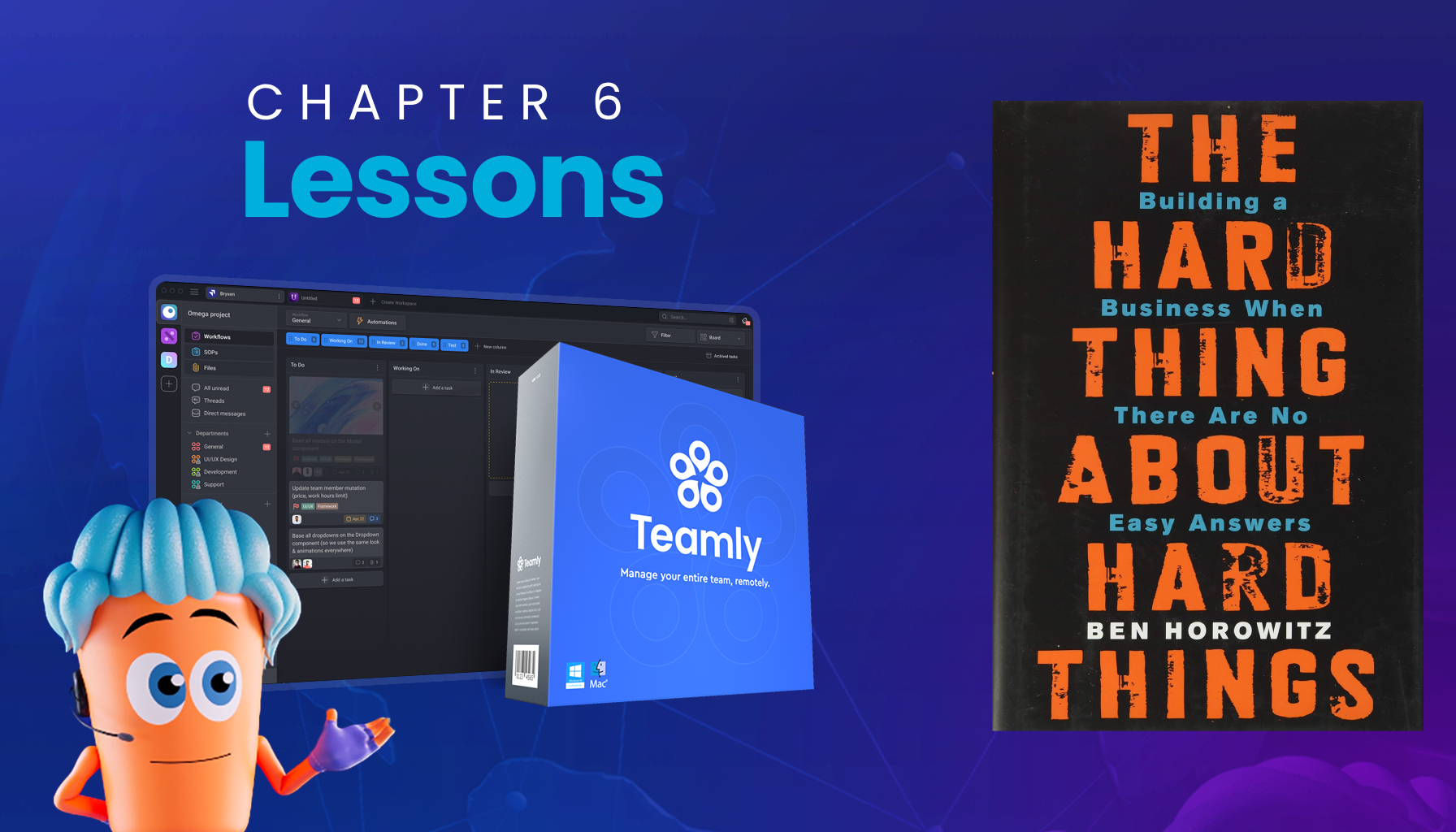
Click the button to start reading
Key Lessons from Building a StoryBrand 2.0: Chapter 5
Chapter 5 of Building a StoryBrand 2.0 delivers a powerful principle: while businesses often sell solutions to external problems, customers are primarily motivated by solutions to their internal problems.
The chapter emphasizes that every story—and every brand—needs a well-defined problem to act as its central hook. Without this, customer engagement falters.

The Three Levels of Problems
In Chapter 5, Donald Miller explains that customers experience problems on three distinct levels: external, internal, and philosophical.
External Problems
External problems are the tangible, visible challenges customers face. For instance, a leaky pipe, unreliable technology, or hunger might all fall into this category. These problems are straightforward and easy to identify.
Internal Problems
Internal problems are the emotional frustrations that arise from external challenges. They tap into feelings of self-doubt, embarrassment, or incompetence. These emotional struggles are often the primary motivators behind a customer’s decision to buy.
Philosophical Problems
Philosophical problems bring depth and universality to a brand’s story. They address broader ethical or existential questions, such as fairness, justice, or the battle between good and evil. These problems resonate on a more profound level and give customers a sense that their purchase aligns with their values.

The Role of the Villain
Every compelling story has a villain, and so should every compelling brand narrative. The villain is the root cause of the customer’s problem, giving the conflict focus and urgency. Miller outlines five characteristics of an effective villain:
- Root Source: The villain should represent the true cause of the problem.
- Relatable: Customers should instantly recognize and dislike the villain.
- Singular: Avoid multiple villains to maintain clarity and focus.
- Real: Stay authentic and avoid exaggeration.
- Engaging: In some cases, a playful or lighthearted villain can work effectively.
For example, a pest control brand might personify dust bunnies as mischievous gangs to highlight the external problem while also tapping into the homeowner’s internal frustration with cleanliness.
Case Studies and Examples
Chapter 5 offers real-world examples of how successful brands address all three levels of problems.
- Apple: The iconic “Mac vs. PC” campaign tackled internal problems by positioning Apple as the friendly, approachable alternative to intimidating technology.
- CarMax: Rather than just advertising cars, CarMax alleviated the internal frustration of negotiating with used-car salespeople by offering a transparent and stress-free experience.
- Starbucks: Starbucks transformed coffee into an experience, addressing customers’ internal desires for connection and comfort while elevating the philosophical value of taking a break from the daily grind.
These brands show how addressing internal and philosophical problems, in addition to external ones, creates a deeper bond with customers. Moreover, this approach encourages long-term loyalty, as customers feel seen, heard, and valued at multiple levels.
Teamly software aligns with this principle by helping businesses tackle the external problem of workplace inefficiencies, the internal frustration of overwhelmed team members, and the philosophical drive for fairness and collaboration.
By creating tools that simplify workflows and encourage transparency, Teamly positions itself as an indispensable ally in the modern workplace.
Another excellent example comes from the rental car industry. National Car Rental, through its marketing, identified an internal frustration many customers experience: unnecessary small talk at the counter.
Their ads directly addressed this pain point, offering a frictionless rental experience. By understanding their customers’ deeper frustrations, National created a loyal customer base willing to advocate for their streamlined process.

Integrating the StoryBrand Framework
To apply these principles, brands can use the StoryBrand framework to craft their narratives. The process involves:
- Identifying the villain that causes your customer’s struggles.
- Defining the external, internal, and philosophical problems your brand solves.
- Positioning your product or service as the solution to these problems.
For example, Tesla doesn’t just sell cars. It frames its products as solutions to gas-guzzling technology (external), the frustration of outdated systems (internal), and the belief that vehicles should help protect the environment (philosophical).
This multi-layered approach positions Tesla as both innovative and mission-driven, making its customers feel part of a larger movement.
Similarly, brands like Nespresso have revolutionized the home coffee experience by tackling external problems (inconsistent coffee quality), internal problems (desire for sophistication at home), and philosophical beliefs (everyone deserves a gourmet coffee experience).
By addressing all three levels, Nespresso has redefined its market and turned everyday customers into brand advocates.
The Perfect Brand Promise
Miller explains that the most compelling brand stories resolve all three levels of conflict in a single, cohesive promise.
For instance, in Star Wars: A New Hope, Luke Skywalker defeats the Death Star (external), overcomes his self-doubt as a Jedi (internal), and fights for the greater good against evil (philosophical). This trifecta creates a deeply satisfying narrative that audiences remember.
Brands can emulate this by crafting a promise that addresses external, internal, and philosophical challenges, ensuring that customers feel understood and empowered.
This strategy doesn’t just solve problems—it creates brand evangelists, people who passionately advocate for the product or service because it aligns with their personal values and aspirations.
Imagine a world where every product tells a story that resonates deeply with its audience.
By following the StoryBrand principles, businesses can craft these narratives, driving engagement and creating meaningful connections.
Whether it’s a coffee shop offering a sense of community or a software platform like Teamly revolutionizing team dynamics, the possibilities are endless.
As Donald Miller highlights, closing the loop on the story you tell your customers is critical.
Every aspect of the brand promise—from ads to customer service—should reflect the resolution of the external, internal, and philosophical problems customers face.
This consistent alignment ensures that customers see your brand as trustworthy, dependable, and ultimately indispensable to their lives.

Get Your Copy of Building a StoryBrand 2.0
Ready to dive deeper into the StoryBrand framework? Get your copy of Building a StoryBrand 2.0 on Amazon and transform the way you connect with your customers.
















